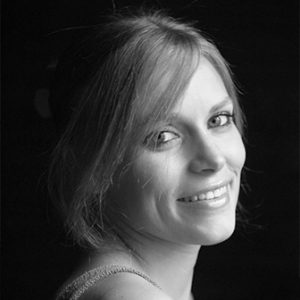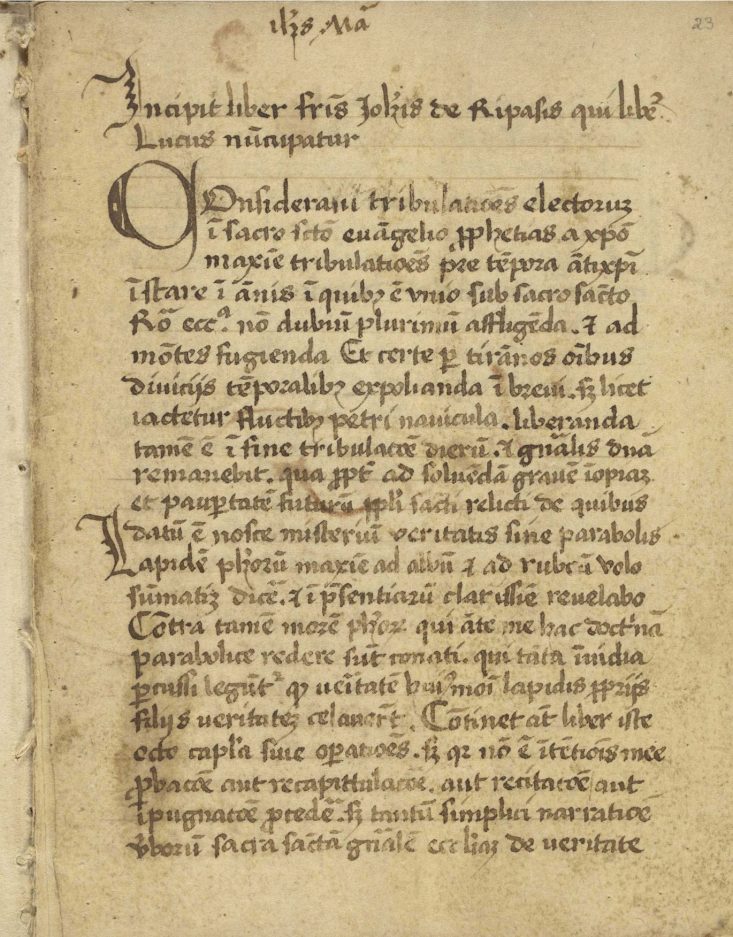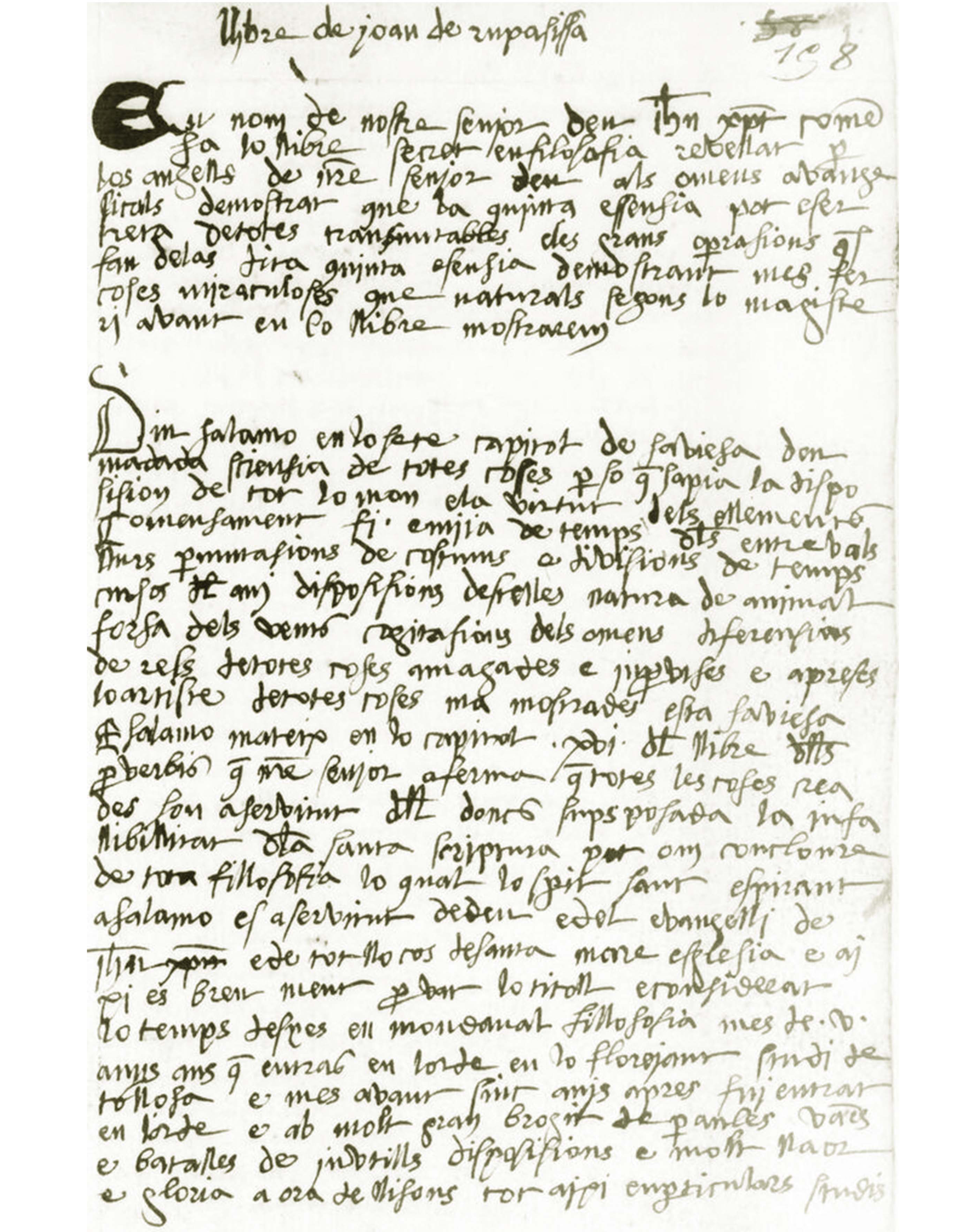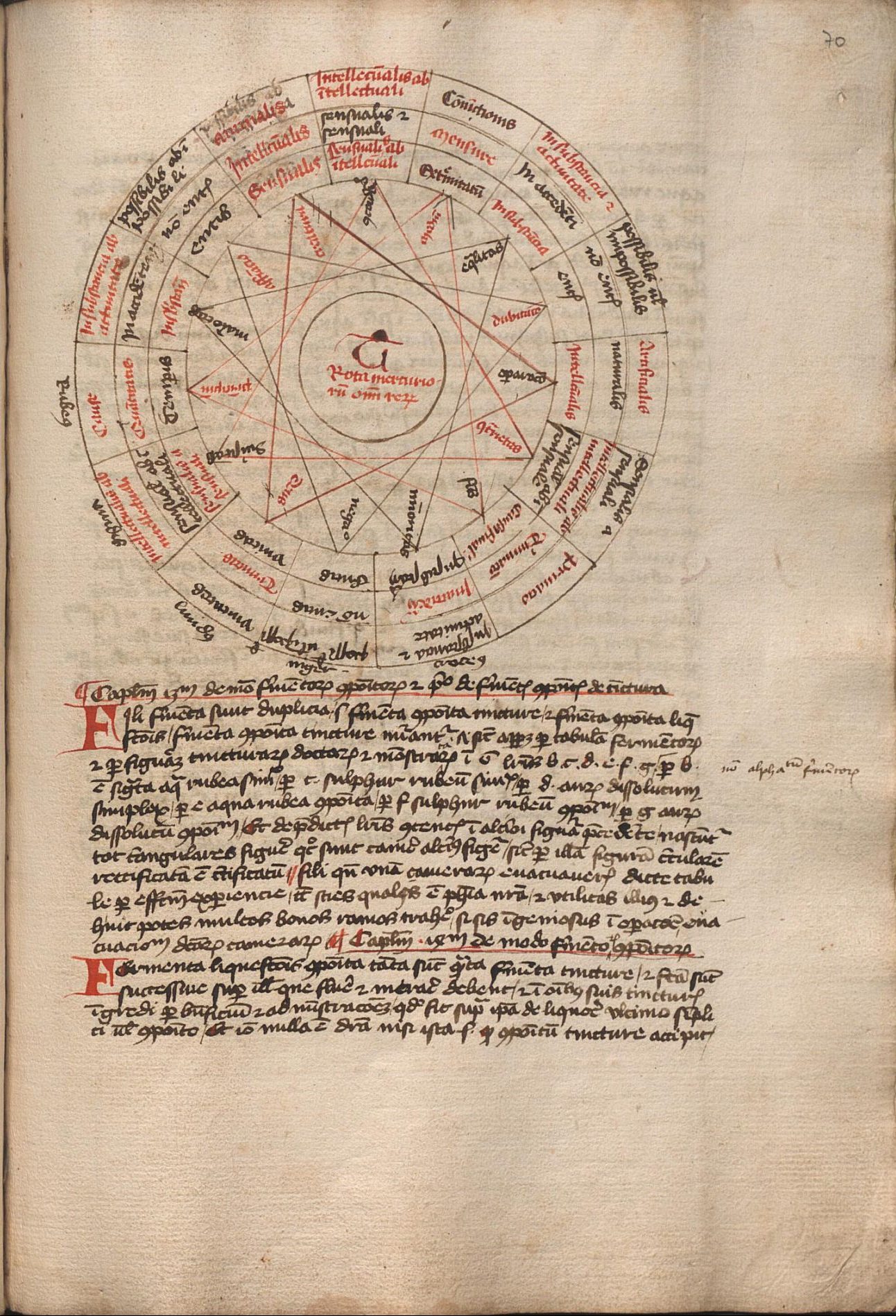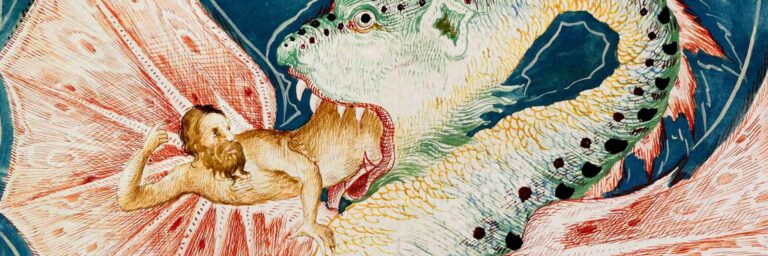Medical Alchemy in Medieval Catalonia
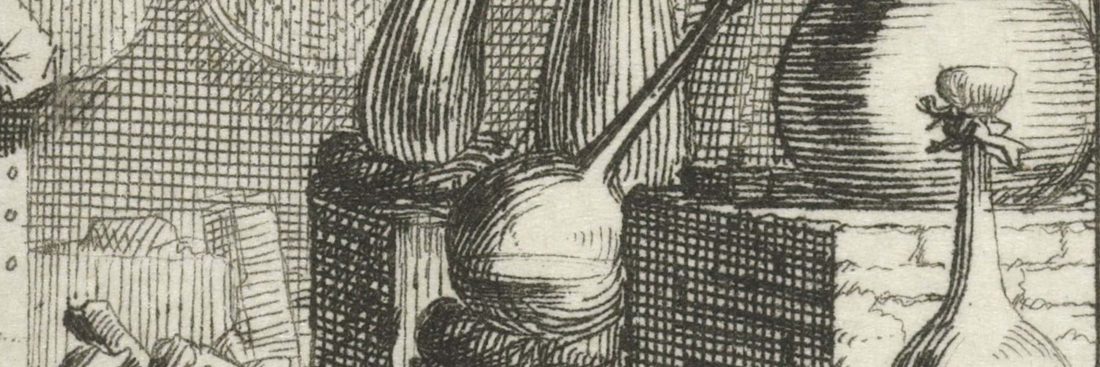
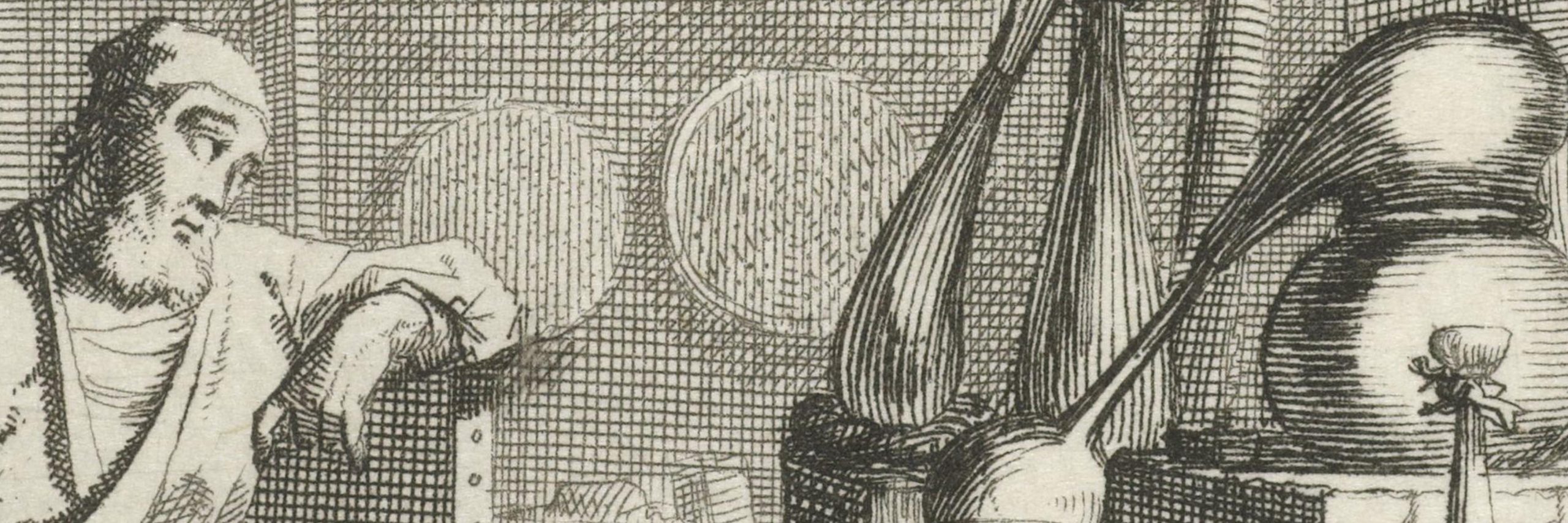
FORMA FLUENS
Histories of the Microcosm
Medical Alchemy in Medieval Catalonia
Elixir, Religious Reformism, and the Spiritual Quest to Prolong Life
Stefania Buosi-Moncunill
Independent Researcher
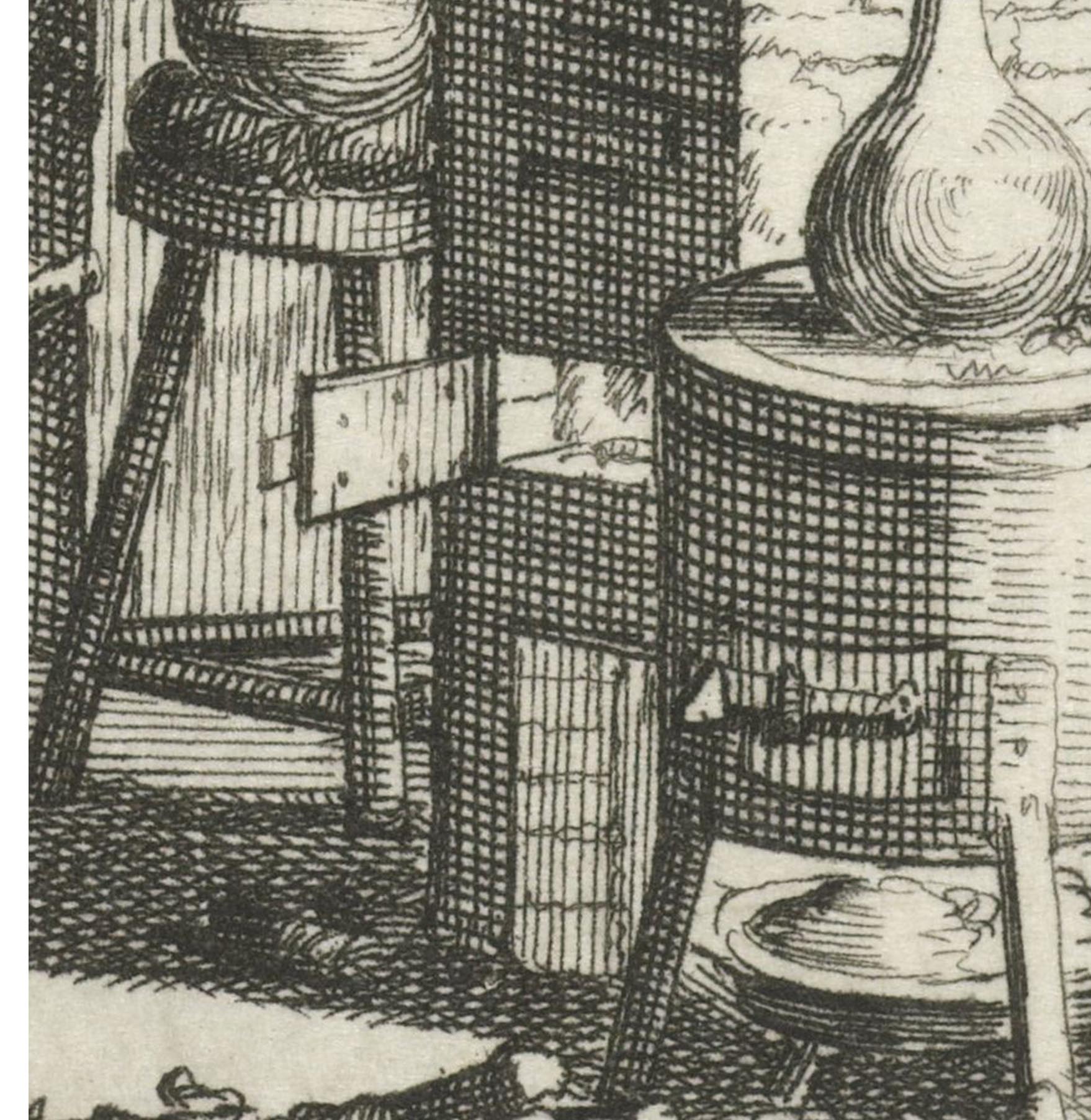
Medical alchemy, also known as “alchemy of the elixir”, developed for the first time in Western Europe, from the 12th to 16th century in the Occitan-Catalan area. The principal research objective of the alchemists was to create the elixir, a universal medicine which could cure all diseases. Yet, medical alchemy and, more generally, its development in the Occitan-Catalan area are topics still relatively understudied.
The data I have collected on alchemists in the Occitan-Catalan area, who worked for the queens and kings of the Crown of Aragon, as well as for the elite or for their or others’ benefit, provides compelling evidence for the existence of a vibrant “school of alchemists”. The early development of alchemy in the Occitan-Catalan is an important aspect to highlight as it indicates a greater social diffusion of alchemical knowledge shifting from the elite to much wider societal strata. In fact, despite the Church’s active persecution of alchemy, particularly during the 14th century under the directives of Pope John XXII and the notorious inquisitor Nicolau Aymerich, a persistent fascination with the art of transmutation thrived among Catalan kings.
From 1336 to 1406, spanning the rule of Pere III the Ceremonious and his successors, Joan I the Hunter with his consort Violant de Bar, and Martí I the Humanist with his consort Maria de Luna, this regal interest in alchemy remained unwavering. These monarchs were notable for their cultured and refined tastes, with Joan I demonstrating an especially profound knowledge of alchemy as, in fact, he claimed to have witnessed a complete alchemical transformation process, known as the Opus, on multiple occasions. Notably, Queen Maria de Luna, Joan I’s sister-in-law, frequently turned to alchemy, the therapeutic properties of hot springs, and the mystical allure of precious stones to address various concerns.
Remarkably, the kings not only stayed well-informed about ongoing alchemical developments within their realms but also actively implemented a system of licensing to regulate and oversee alchemical practitioners and their discoveries. Intriguingly, historical records reveal that licenses were not solely reserved for men; some women were also granted permission to engage in alchemical pursuits. This enduring interest of the Catalan kings in alchemy and their efforts to both foster and regulate the practice underscore the profound and lasting impact of alchemical pursuits in the Occitan-Catalan region during this period.
The origin of the alchemists of the Occitan-Catalan school, that I have been able to uncover in my research, is primarily Catalan, Occitan or Jewish (note that the Jewish were often also magicians and astrologers) and, because of the fact that the most widespread form of alchemy in the area is the medical one, we find many alchemists who were also physicians or apothecaries.
The Franciscan friars and alchemists, inspired by the ideals of their founder, Francis of Assisi (1181-1226), held a deep reverence for nature and a profound desire to improve the health and well-being of the less fortunate. Central to their mission was the quest to discover the elusive elixir, a substance believed to possess remarkable curative properties. This elixir was envisioned as a means to provide healing to those who lacked access to physicians or conventional medicines.
The alignment of Franciscan values with the pursuit of the alchemical elixir underscores the humanitarian aspect of their work. Their dedication to harnessing the healing powers of nature through alchemy serves as a testament to their commitment to the welfare of society’s marginalized individuals who could not afford medical care or traditional remedies.
John of Rupescissa (Joan de Rocatalhada, ca. 1310-1366) was an Occitan Franciscan friar of the most radical denomination of the Spirituals, who pursued alchemical research for medical and pharmacological purposes. In addition to this practical aspect, he focused on the ‘transmutation of society’, especially working against the perceived corruption of the Roman Catholic Church. In this sense, his efforts on the spiritual renewal of society were characterized by a strong utopian and prophetic leaning.
His importance for medical alchemy is due to the work Liber de consideratione quintae essentiae omnium rerum (‘A book considering the Quintessence of all things’, 1351 ca.), in which Rupescissa achieved a remarkable fusion of pharmacological distillation with the alchemical doctrine of the elixir. He went on to identify the alchemical elixir as the distilled alcohol derived from wine. This “golden wine” or fifth essence resulted from a procedure akin to that employed in obtaining medicinal waters. In my postdoctoral research, I am currently focusing on editing parts of Rupescissa’s work entitled Llibre secret en filosofia (‘Secret Book in Philosophy’), kept in the alchemical miscellany Ms. Esp. 289 at the Bibliothéque Nationale de France (BnF) in Paris.
Indeed, the utilization of medicinal waters for therapeutic purposes was a prevalent practice within the rich medical culture of the Occitan-Catalan region. Notably, certain treatises, including De aqua vitae simplici et composita, De aquis medicinalibus, and particularly De vinis, delved into the concept of a special golden wine imbued with potent virtues, most notably the ability to preserve youth.
Traditionally, these works had been ascribed to the Catalan intellectual and physician Arnald of Villanova (Arnau de Vilanova, 1240-1311), who also maintained close ties with the Spiritual Franciscans movement. However, recent scholarship, led by scholars like José Rodríguez Guerrero,[1] has challenged this attribution. Instead, these works are increasingly believed to be the contributions of Perarnau de Vilanova, an Occitan alchemist, physician, and surgeon based in Montpellier.
Compelling evidence, including records of his presence at the papal court of Avignon in 1341, suggests Perarnau de Vilanova’s authorship of these treatises. Furthermore, it is conceivable that he might have played a role in crafting the initial segments of works that are now included in the Pseudo-Arnaldian alchemical corpus. This reevaluation underscores the complexity of attributions within the realm of alchemical and medical literature, shedding new light on the contributions of individuals like Perarnau de Vilanova to the fascinating tapestry of Occitan-Catalan medical culture during this era.
I would also like to highlight the significance of recommendations regarding the use of medicinal waters found in the Cirurgia by Theodoric Borgognoni, an Italian Dominican preacher hailing from Lucca (1205-1298). This text, which was translated into Catalan at the outset of the 14th century (between 1302-1304 and 1311), holds historical importance as one of the earliest instances of medical texts being translated into the vernacular language. The translation of the Cirurgia into Catalan made it accessible to a broader audience.
Notably, the Cirurgia also holds another intriguing distinction—it stands as one of the pioneering texts to make reference to the distillation of wine. This innovation in medical practice, as described in the Cirurgia, further underscores the dynamic and evolving nature of medical knowledge within the Occitan-Catalan region during this period. Additionally, another significant Pseudo-Lullian text, known as the Ars operativa medica, provides further evidence of the incorporation of waters into the realm of alchemy.
Stefania Buosi Moncunill is an Italo-Catalan professor and researcher (Udine, 1974). In October 2023, she obtained a doctorate in philology from the University of Barcelona (excellent) with the dissertation The alchemical “Testament” attributed to Ramon Lull in an unpublished sixteenth-century Catalan manuscript from an autograph copy of Jaume Mas. In 2022 she won the SHAC Award from the Society for the History of Alchemy and Chemistry with a project on ancient Occitan-Catalan alchemical manuscripts (c.1300-1500) in French lands. From 2022-2023 she was Allington Fellow (2021-2022) at the Science History Institute of Philadelphia (USA) studying the vernacularisation of alchemy in the Occitan-Catalan Area. Her publications include a book on the Testament attributed to Ramon Llull, which was published by Reichenberger in 2020.
Notably, within the introductory section of this work, there is a reference to the city of Lleida. Lleida has been the seat of a faculty of medicine since the year 1300. This contextual detail emphasizes the rich history of medical scholarship and practice associated with this city. To illustrate this point, I would like to present a quote from the text:
When I, Raimon, was still in Lleida, my friends affectionately implored me to share some of my secret knowledge of the medical art by writing a book.[2]
This quote not only highlights the historical significance of Lleida as a center for medical learning but also serves as a testament to the exchange of knowledge and the cultivation of medical expertise within the Occitan-Catalan region.
These elements provide valuable insights into the multifaceted nature of this historical context. Firstly, we must acknowledge the substantial presence of practicing alchemists in this region, serving not only the elite but a broader spectrum of society. Historical documentation substantiates the active engagement of these alchemists in their craft.
Furthermore, it is noteworthy that alchemical texts were either translated into Catalan or authored in the same language, underlining the significance of the vernacular in the dissemination of alchemical knowledge. Additionally, we have discussed the notable alchemical corpus attributed to figures like Ramon Llull and Arnald of Villanova. These works held immense importance within the European Medieval West, further accentuating the region’s contributions to alchemical literature.
Exploring the allure of Ramon Llull (1232-1316) and Arnald of Villanova as pivotal figures for the attribution of complete alchemical corpus, we find a plausible explanation in their unique systems of reasoning. These systems, often regarded as heterodox by mainstream academics, added an intriguing dimension to their contributions. For instance, Ramon Llull’s Ars Magna introduced a systematic method of knowledge management that obviated the need for familiarity with specific authors or academic works. Instead, it relied on a mechanistic logic, employing symbols and letters of the alphabet to derive insights across diverse fields of knowledge.
It is worth considering the innovative proposals set forth by Arnald of Villanova, which revolved around a reform of Christianity deeply rooted in the tenets of Franciscan spiritual radicalism. Regardless of the specific doctrinal perspectives, it remains an indisputable fact that the authentic authors of the two corpora – the Pseudo-Lullian and Pseudo-Arnaldian – originated from the same geographical area. These authors composed their works during the 14th and 15th centuries, both within the confines of their homeland and abroad.
A particularly intriguing case is that of the Pseudo-Lull, who penned his Alchemical Testament in England. This enigmatic figure, identified by Raphael Patai in 1994,[3] has been linked to another individual known as “Master Ramon,” specifically, Ramon de Tàrrega. Ramon de Tàrrega, a Jewish individual who later converted to the Dominican order, resided in the town of Tàrrega, situated within the Catalan region of Urgell. He gained notoriety due to the inquisitorial proceedings directed against him by Nicolau Aymerich in 1371.
The precise identification of Ramon de Tàrrega with the Pseudo-Lull remains a subject of ongoing debate, yet it is regarded as a plausible association, particularly concerning the Liber de secretis naturae seu de quinta essentia. This work represents a (re)elaboration of the similarly titled text authored by John of Rupescissa. Additionally, the connection between the two may extend to the aforementioned Ars operativa medica.
However, what distinguished Pseudo-Llull’s approach was the application of this system within the context of alchemy, integrating fundamental alchemical concepts. As illustrated in Figure 4, we can observe a concrete example of how Pseudo-Llull repurposed the mechanical system of the Ars Magna in an alchemical context. This adaptation of the system served to interweave the intricate workings of alchemical principles and practices.
My research has involved thus far a comprehensive examination of the Catalan Alchemical Testament, aiming to reconstruct its tradition through a new critical edition. To accomplish this, I drew upon two Latin manuscripts from the 15th century. The first manuscript, housed in the University Knihovna under the reference Ms. XXIII D 132 or Lobkovitz 249 in Prague, contains a complete copy of the Testamentum. Figure 5 is sourced from this particular manuscript. The second manuscript, preserved in the Vatican Library with the reference Ms. Vat. Lat. 5846, is available for examination online, although its legibility poses challenges due to its condition.
This meticulous scholarly pursuit allowed me to shed light on the intricate interplay between alchemical thought and the Ars Magna Luliana system, further enriching our understanding of the alchemical traditions within the Occitan-Catalan region.
This research immerses us in the vibrant milieu of the Occitan-Catalan region during the Middle and Early Modern Ages, characterized by dynamic intellectual and cultural exchanges. In this era, both medical inquiry and ethical considerations held a fervent place in the hearts and minds of scholars and practitioners. Notably, it was within this context that a unique tradition of an Occitan-Catalan “school of alchemists” made its first appearance in Western Europe from the 12th to the 16th century.
One notable facet of this movement was the presence of Spiritual Franciscans, exemplified by figures like Rupescissa, who sought to forge a direct and authentic connection with the divine. Rooted in Franciscan values, this movement also carried a distinct mission—to counter the perceived corruption within the Roman Church and explore avenues to provide health and healing to those marginalized and less fortunate.
Also because of this, a new picture of the dynamic and rich landscape of medical alchemy in the Occitan-Catalan region, where diverse elements converged to shape a unique and influential intellectual trajectory which spanned from the Middle Ages well into the Early Renaissance.




